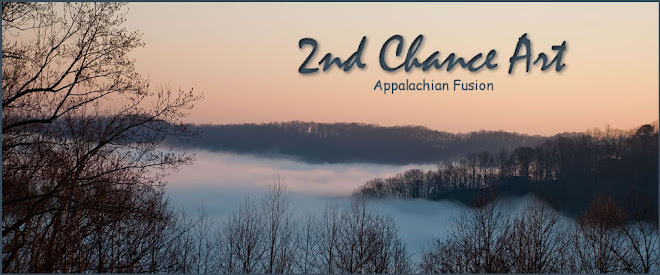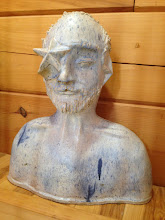Middle Tennessee Gas Company came out in the rain and put pressure gauges into the system at several places. One before the regulator, one after the regulator before the meter, one right after the meter and another where the line change to 1/2 inch piping. Now with the two gages I have at the burners, that makes 6 gages in total. What fun for an engineer!
Took just a minute of running the system to determine that the orifice in the regulator was too small. It took just another minute for them to replace it. The pressure at the burners is where it was designed for.
Now, it is time to make some ware and see if it will reach temperature. [It also has to get warm enough so all my clay isn't frozen solid]
TL
1 day ago





















































